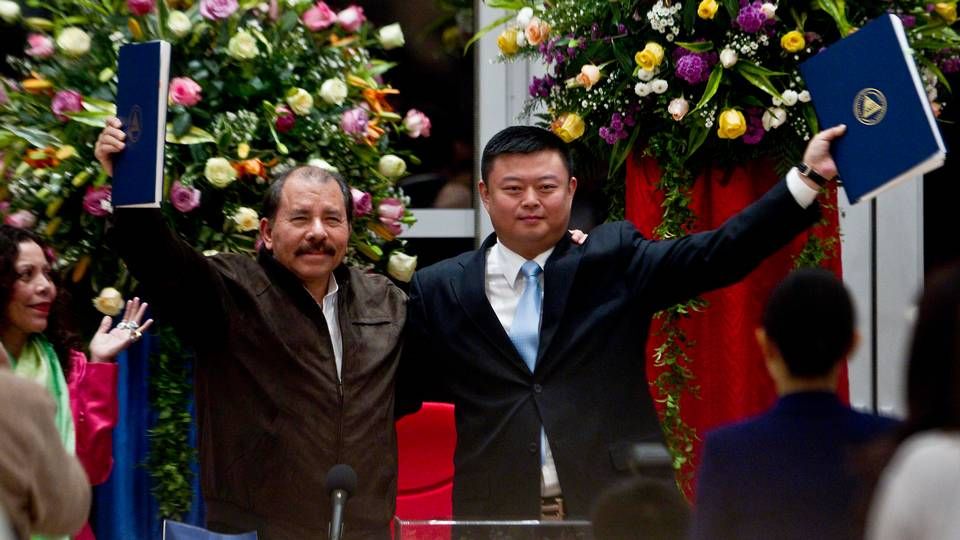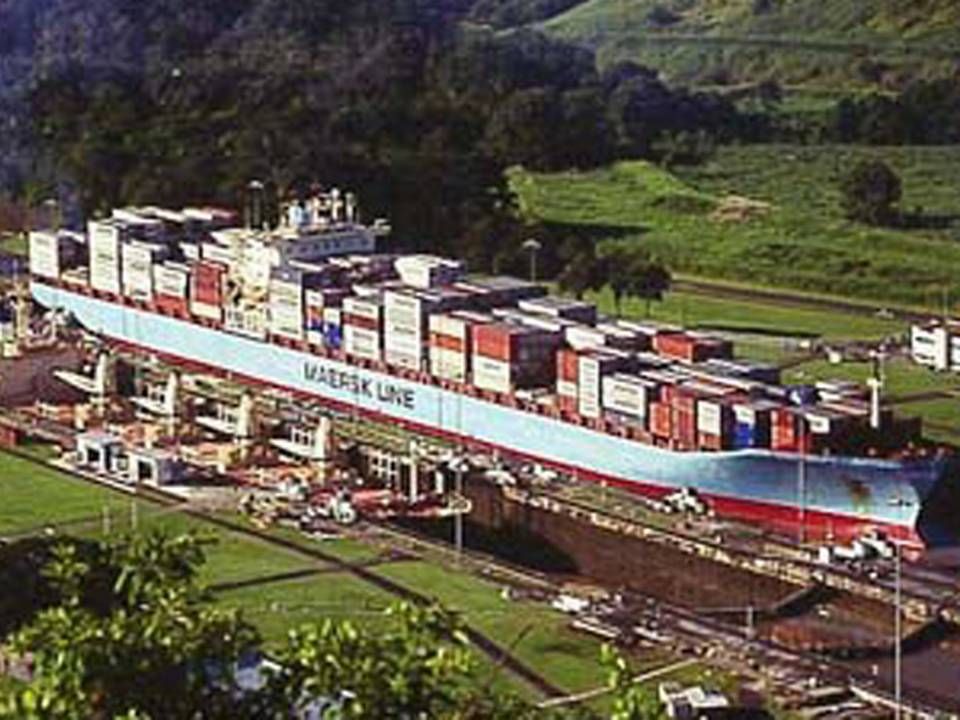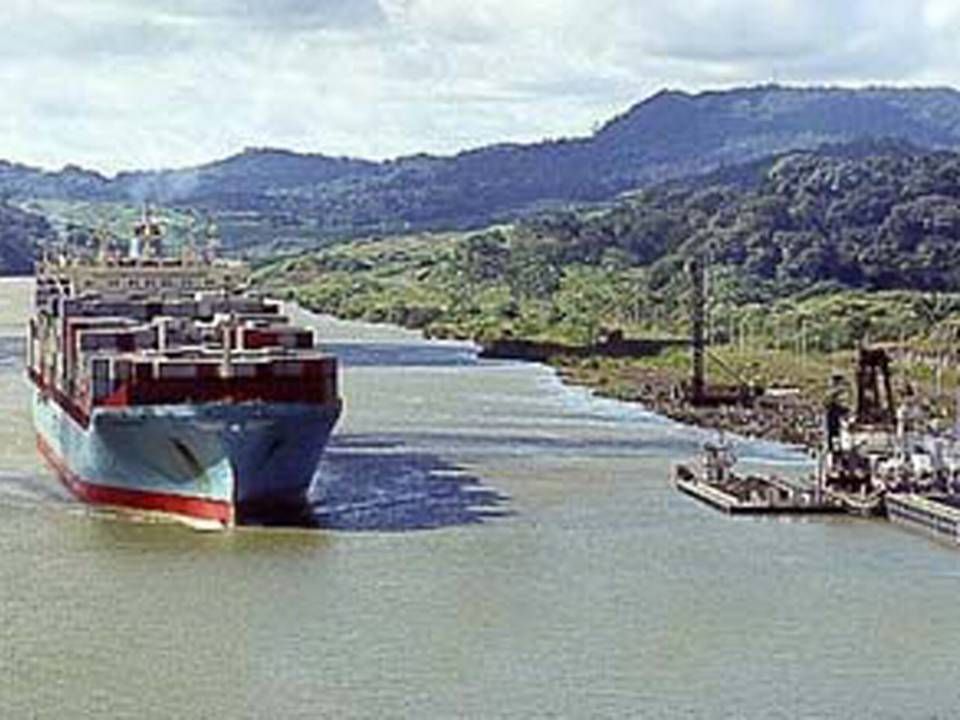SeaIntel: Carriers to secure big savings from the Nicaragua Canal

There could be massive savings in store for carriers opting to use the planned Nicaragua Canal going forward. The canal will connect the Pacific and the Caribbean Sea, and was approved by an authority committee in the country on July 8.
In a new analysis SeaIntel takes a closer look at the canal, which will form a de facto alternative to the canals in Suez and Panama if the USD 40 billion project is actually realized. If carriers sailing from Asia to the US East Coast (USEC) opt to use Nicaragua as a shortcut instead of Panama, the analysis shows that the carriers could reduce their bunker consumption by 17 to 30 percent, depending on the size of the ship, according to SeaIntel.
"Our analysis clearly shows that it would be beneficial for the carriers from a cost perspective to use the coming Nicaragua Canal on the Asia-USEC services instead of using the Panama Canal, due to the shorter sailing distance and the possibility for the deployment of larger vessels," says SeaIntel, stressing in the analysis that the canal still remains mostly an idea even though there is currently a comprehensive feasibility study underway to assess the costs of the project, with major consulting firms studying various aspects of the canal.
Plan for the Nicaragua Canal approved
SeaIntel bases the analysis on two services from Asia to the US East Coast. One through Panama and one through Suez. The route through the Panama Canal has a total distance of 21,500 nautical miles, while the same service replaced with the Nicaragua Canal has a total distance of 20,200 nautical miles, which according to SeaIntel corresponds to a 6 percent reduction. If the Suez Canal is replaced with the Nicaragua Canal, the result is a 5.5 percent reduction.
"As the carriers will be able to reduce the sailing distance by 6 percent by switching to the Nicaragua Canal there is a clear incentive to make the switch in itself, but the Nicaragua Canal also allows the carriers to deploy larger vessels through the Nicaragua Canal on the Asia-UESC services."
Battle for the big ships
And the possibility of using the biggest ships in the Nicaragua Canal, which is expected to start construction in December this year and be ready for use in 2020, gives the canal an advantage over the other two canals. An expansion of the Panama Canal has been underway for years, set to be completed and ready for ships of up to 2013 teu in 2016. In comparison the new generation of container ships, such as Maersk Line's Triple-E, will be able to use the Nicaragua Canal. SeaIntel notes that the ports must be able to handle the bigger ships on the various services in order for Nicaragua to benefit from this advantage. However, several ports are getting ready for the bigger ships.
"Irrespective of whether it will be possible for the carriers to deploy larger vessels on the Asia-UESC services through the Nicaragua Canal, they will still see a considerable reduction in their bunker cost by switching from the Panama Canal to the Nicaragua Canal," says the analyst agency.
The analysis shows that if the carriers use ships of 12,500 teu it will be possible to reduce the speed from 14 to 13 knots by using the Nicaragua Canal instead of the Panama Canal. This amounts to a 17 percent annual reduction in fuel consumption, and if the ports on the services are ready to handle ships of 17,500 teu by 2020 the carriers will be able to reduce their bunker costs by 25-30 percent for 15,500 and 17,500 teu vessels, respectively.
Maersk Line supports the Nicaragua Canal
As Suez is currently able to handle the ultra-large vessels the bunker saving will not be as significant here, though the carriers will be able to cut around 12 percent from their fuel costs for ships of less than 15,500 teu. But it is mainly Panama that is set to take a hit if Nicaragua successfully realizes the canal:
"If the proposed Nicaragua Canal becomes a reality, the Panama Canal Authority will face a significant challenge in maintaining the Asia-UESC services sailing through the Panama Canal."
Cementing sustainability
Nicaragua's president Daniel Ortega has been a major driving force behind the project, which was approved on July 8th, where the Chinese CEO of the development project together with the president announced a more specific plan for the project. The 278 kilometer long canal will run from the mouth of the Brito river by the Pacific to the Punto Gorda river on the Caribbean side, as was proposed by the Chinese company HK Nicaragua Canal Development Investment.
Around 4,000 people from consulting firms around the globe - such as American McKinsey - have spent approximately one year working on a comprehensive feasibility study to map the sustainability, both financially and economically, of digging a canal.
The study should have been completed in July, but it has been postponed to October. The canal will be 230-250 meters wide and 28 meters deep, writes SeaIntel.
Plan for the Nicaragua Canal will be presented today
Related articles
Plan for the Nicaragua Canal will be presented today
For subscribers
Construction on Panama-competitor to begin in 2014
For subscribers





















